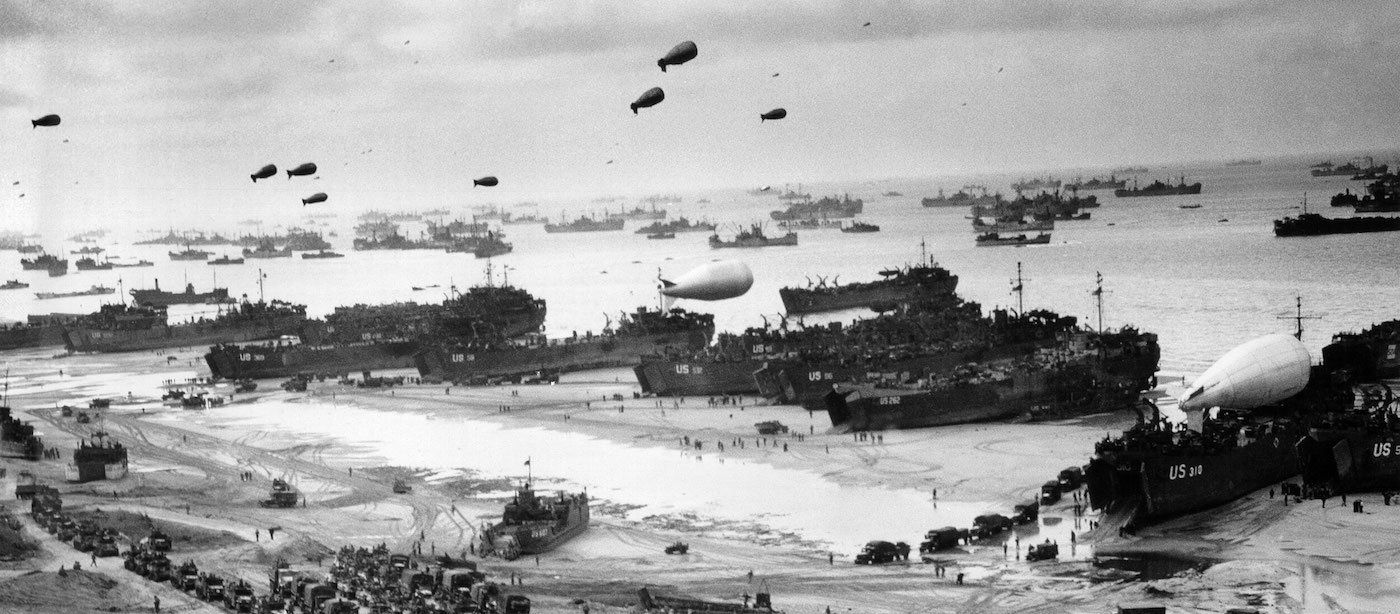
How was World War Two fought?
Weapons used in World War Two
By the twentieth century, the major industrialized powers of Eurasia and the Western Hemisphere had created standing armed forces based on some combination of voluntary and coerced service by their male populations. These forces are divided according to mission and operating environment into three services: ground forces (armies); air forces; and naval forces (navies). Marines are naval forces designed for amphibious operations and are considered a fourth service in some countries such as the United States. In the field, military services might operate under a single commander or not, as the case may be.
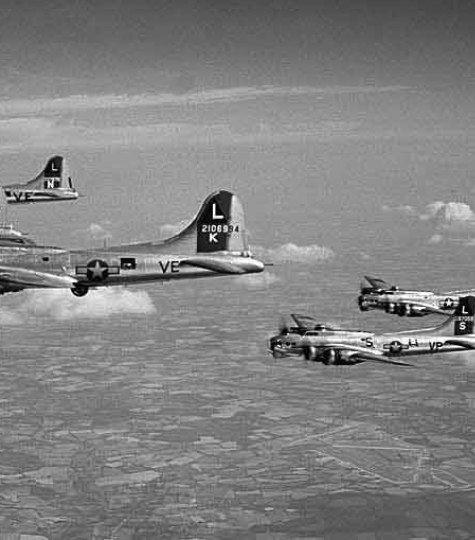
1 of 7
Air forces—the most recent creation—sometimes have full status independent of a nation’s army and navy, depending on interservice politics, strategic imperatives, and other nonmilitary factors. Germany, for example, had an autonomous air force, the Luftwaffe, that controlled airborne divisions, air base defense forces of ground divisions, massive anti-aircraft artillery forces, and its own prisoner-of-war camps for Allied aircrew men.

2 of 7
Britain had an independent air force—the Royal Air Force—but in 1937 allowed its navy to create its own air force for fleet operations, the Fleet Air Arm. Yet the RAF, with its Coastal Command, still conducted its own naval campaign against the German U-boats. The United States and Japan created separate air forces as part of both their armies and navies. The Soviets created one air force subdivided into two functional air forces—one to support ground forces, the other to provide air defense.

3 of 7
The Germans and Japanese kept their services separate and their allies subservient. The Anglo-American Allies created a framework for coalition warfare that strengthened national and service cooperation. The highest level of coalition command was the theater, defined principally by geography but influenced by the preponderance of national interest and commitment of national forces.
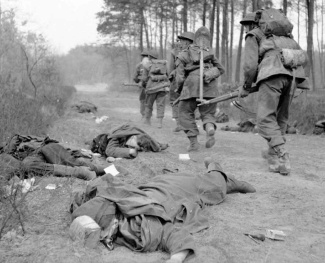
4 of 7
Before men fought on horses or from boats, they attacked one another with their feet planted on the ground, thus defining war as the combat of foot soldiers or infantry. Even in World War II most infantrymen walked into battle, even if they reached the front by train or truck. Infantrymen did not inflict the most casualties, but they certainly suffered the majority of them in their effort to destroy enemy ground forces, seize key terrain, capture air and naval bases, occupy farmlands and cities, and generally represent the permanent conquest of an enemy by coming onto his land to stay unless driven off.
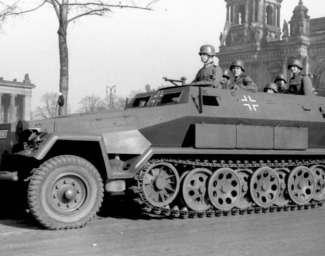
5 of 7
By World War II, infantry had joined forces with mobile artillery and gasoline-powered mechanized and motorized forces to increase the destructiveness and tempo of operations. This combination imposed cascading requirements for specialized service and support
Units. These could appear in small detachments in an infantry battalion or regiment, making up however a major part of infantry divisions, or in larger formations like corps and field armies. When taking into account all the ground forces in a national army, the infantry might represent less than half of these troops.
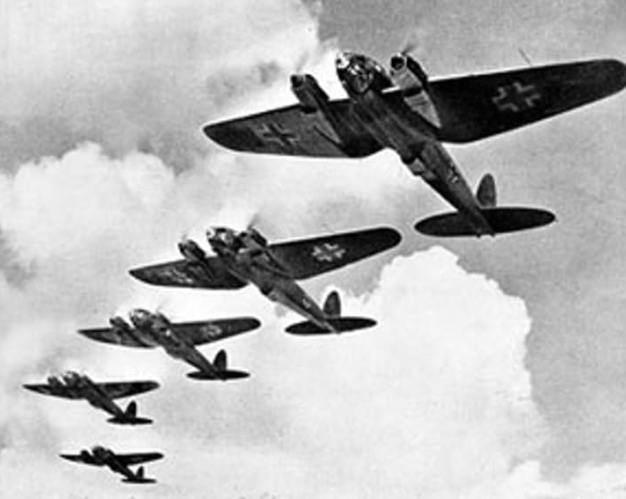
6 of 7
The squadron was the essential tactical aviation unit during World War II. A squadron might be made up of as few as 6 and as many as 24 aircraft. When various ground support units were added to a squadron, it became a group. Groups might be aggregated as wings with two or more flying and support squadrons that provided personnel administration, base support and security, ordnance handling, transportation, fueling, aircraft maintenance, and communications/air control. The Soviets, holding firmly to the past, called wings aviation regiments. Larger aviation formations were called divisions and air forces. The largest were called commands or forces.
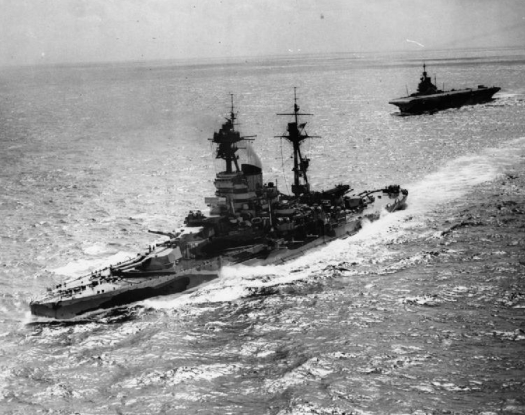
7 of 7
The naval forces of World War II had two essential components: operational fleets of ships and aircraft, such as the Imperial Japanese Combined Fleet, and shore establishments. Operational fleets tended to be organized as type commands of similar ships and aircraft for administrative and training purposes and task forces, task groups, and task units organized for actual operations. Submarine forces were type commands that often conducted their own campaigns but might also form part of task forces in fleet engagements. A fleet might be a combination of operational ships and aircraft in task forces, type commands, and a shore establishment.
During World War II, the political leadership of all the belligerents found the existing service organizations unresponsive to what they considered they needed as special forces, defined by mission and politics. For this reason Germany created the Waffen SS, Britain the Special Air Service, Special Boat Service, Royal Marine Commandos and the Long Range Desert Group. The Americans had the Office of Strategic Services, marine raiders, parachute battalions and army rangers. The Italians had the naval commandos, the Japanese had the Special Naval Landing Forces, and the Soviets had airborne deep penetration forces.
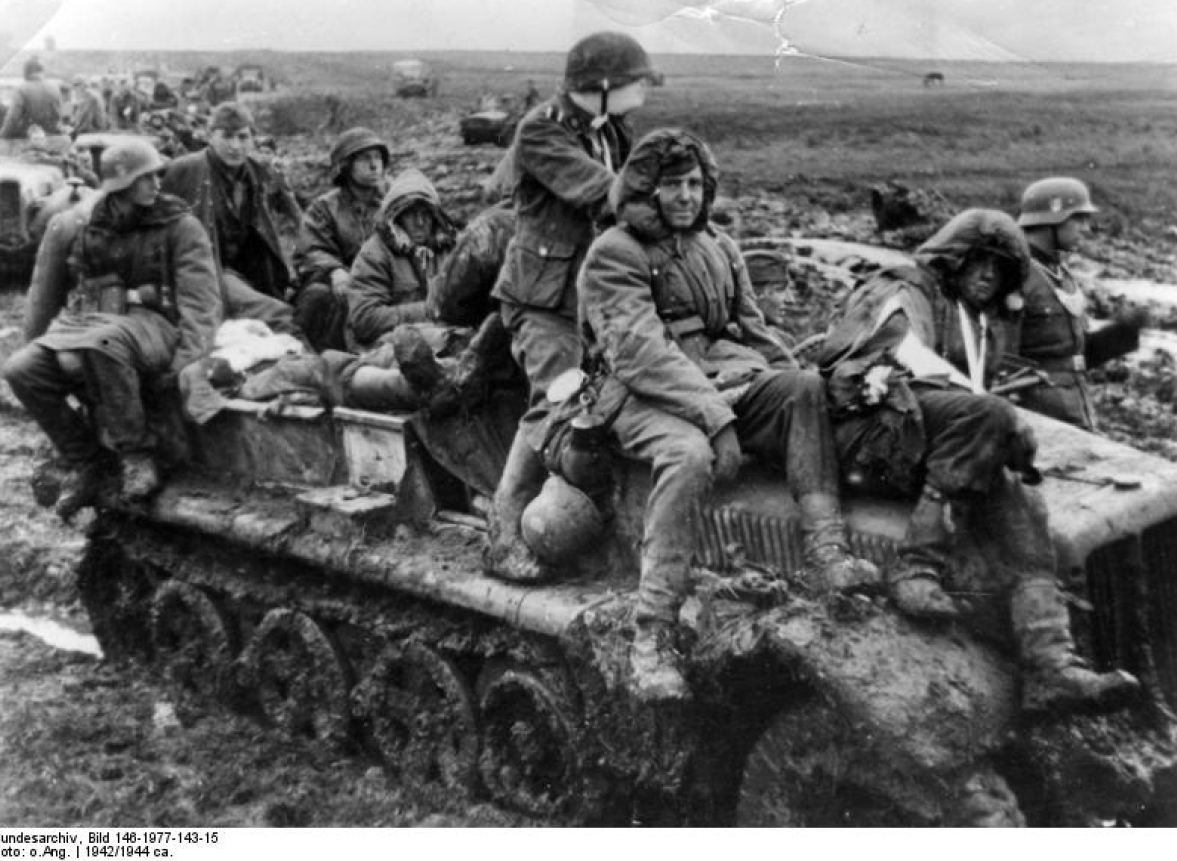
1 of 5
Hitler supported SS Reichsführer Heinrich Himmler’s efforts to create within the multifunctional SS (Schutzstaffel) empire a corps of elite combat ground units, the Waffen SS. The rest of the Schutzstaffel ran the Third Reich’s national police, secret police, concentration camp, slave labor, and extermination organizations. The Waffen SS remained a ground force of 27 divisions that conducted land campaigns with the army.
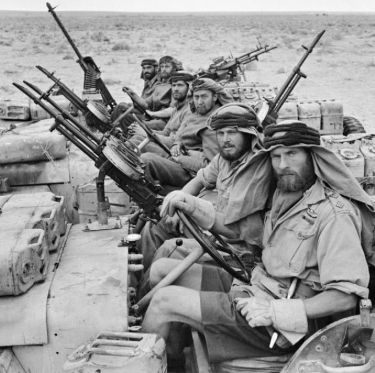
2 of 5
Reflecting Winston Churchill’s fascination with special forces, the British organized elite units such as the Long Range Desert Group (LRDG), the Special Air Service Regiment (SAS), and the Royal Marine Special Boat Squadron (SBS), all infiltration groups for reconnaissance and raiding missions.

3 of 5
The American armed forces resisted such expedient organizations, fearing that special units would only weaken the regular field forces. But Franklin Roosevelt insisted on the creation of the Office of Strategic Services (OSS), which had wide-ranging responsibility for foreign intelligence gathering and assessment, propaganda and psychological warfare, subversion and sabotage, partisan warfare, and clandestine spying and negotiations. The American armed forces did provide an Air Commando (special operations wing) in Burma, marine raider and parachute battalions, army ranger battalions, and navy underwater demolition teams (‘frogmen’).
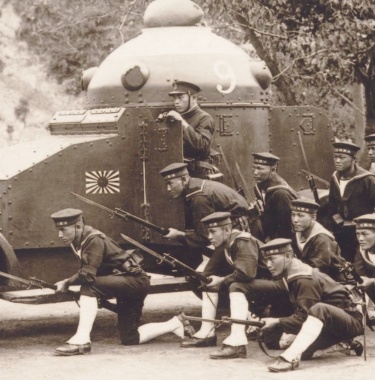
4 of 5
The Italian Decima Flottiglia MAS (10th Assault Vehicle Flotilla) was active from 1941 to 1943. Japan’s Special Naval Landing Forces saw extensive combat in the Pacific. Although Soviet airborne forces were mostly confined to fighting as ‘foot’ soldiers, they saw extensive action on the Eastern front.
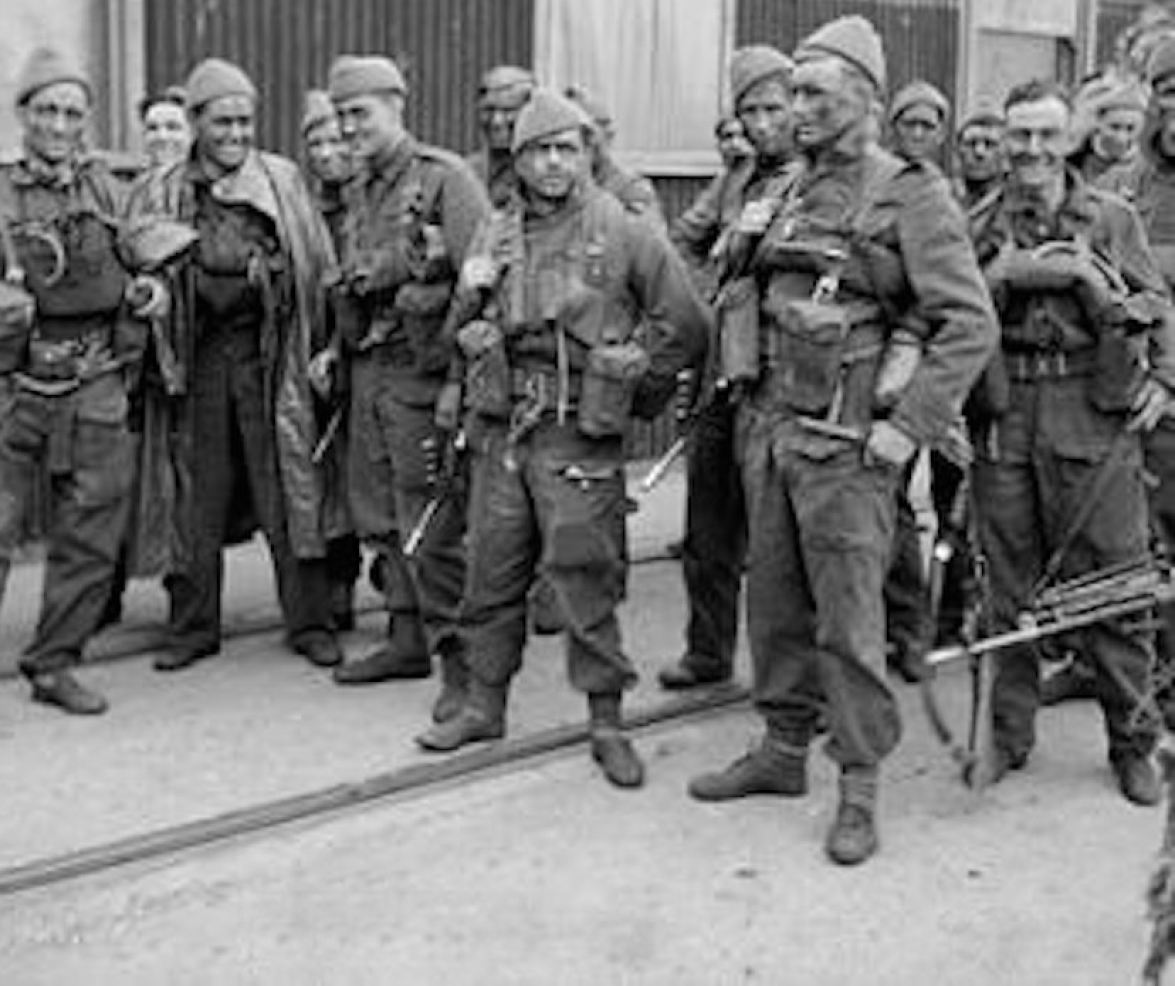
5 of 5
Special forces always seemed to offer cheap and dramatic victories, like Skorzeny’s rescue of Mussolini in 1943, the Czech assassination of SS General Reinhard Heydrich in 1942, and the British raid on the great dock at St. Nazaire in March 1942. But many of their missions were aborted or resulted in catastrophic losses.
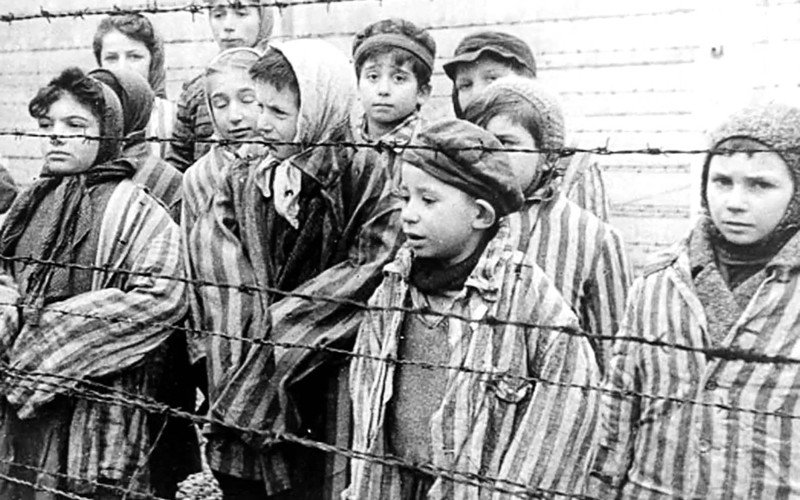
World War Two In Perspective
The Second World War was the most destructive conflict in human history. It shaped the world into what it is today. If nothing else, we ought at least to remember the most destructive war in history and the terrible tragedies it wrought.
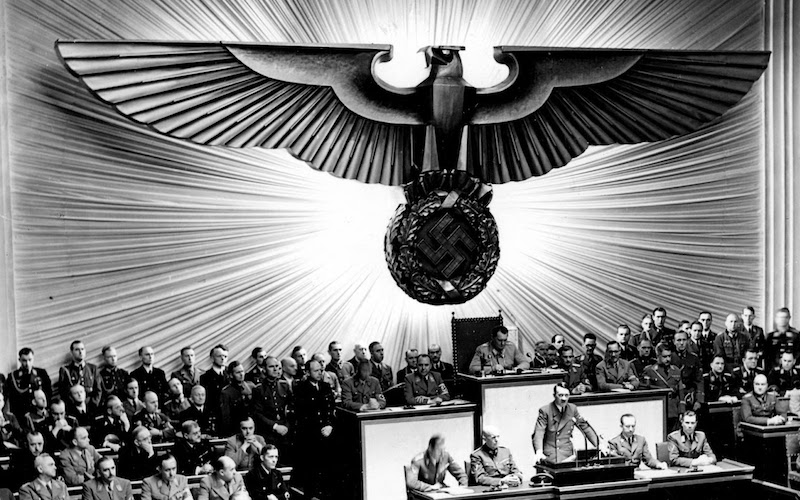
Why Germany lost World War Two and why the Allies won?
The Axis lost the war because of a series of tactical mistakes that, at the time, might have seemed the best choices of limited options. At the same time, the Allies won the war through a genuine team effort, and at great cost both financially and in the terms of human lives

Allied bombing of Germany
As distasteful as these bombing campaigns are today to most citizens of the liberal democracies under sixty years of age, the Combined Bomber Offensive in Europe and the bombing of Japan reflected not only a sense of moral conviction on the part of the West but a belief that such air attacks would end a war that daily grew more horrible for soldiers and civilians alike.
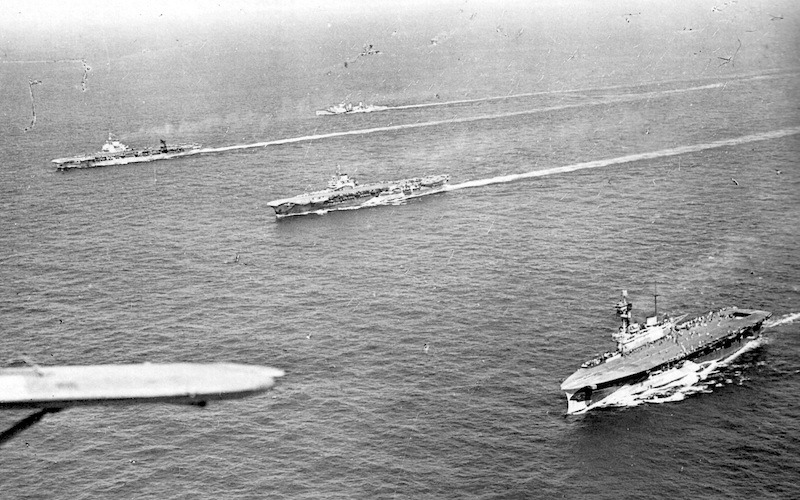
War at Sea during Word War II
The Allies eventually won the Battle of the Atlantic, but at a needlessly high cost. The armed forces’ lack of interest in anti-submarine warfare before the outbreak of the war was inexcusable, especially in light of their experiences in World War I. When Hitler invaded Russia Britain’s Prime Minister and America’s President supported URSS by establishing Arctic convoys of military equipment.
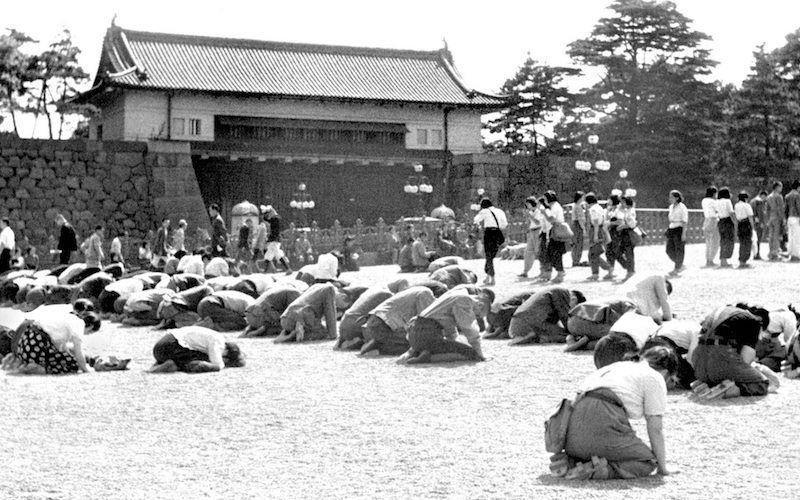
Asia after World War Two
World War Two fundamentally changed the destinies of China, Japan, Korea and South East Asia. Each country faced new challenges after the war, often as a direct consequence of the war, challenges that would shape their destinies for decades to come.

Home Front during World War Two
The industry had to accelerate the production of war matériel. The warring countries had to galvanize their societies for war in order to maintain morale, and to mobilize their soldiers. Countries under occupation tried to organize resistance movements with varying degrees of success.





